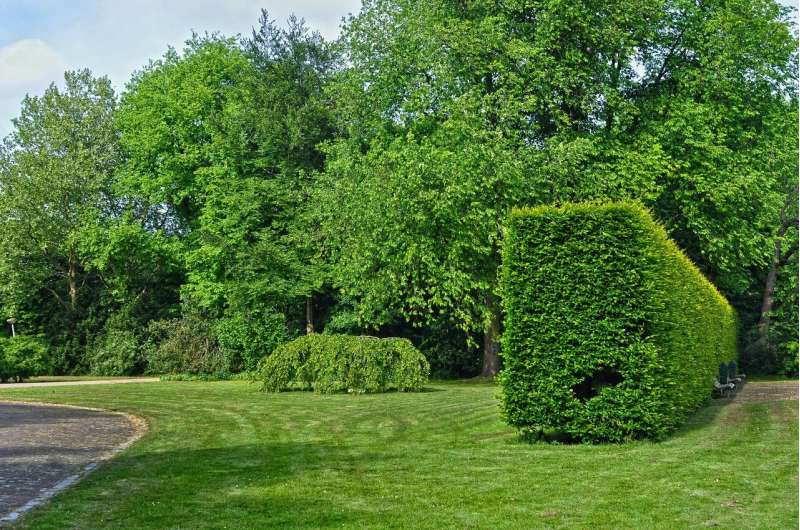
Doug Ford has announced that he’s reversing his controversial plan to remove lands from Ontario’s Greenbelt, following a massive public outcry and the resignation of two of his ministers.
The reasons Ford cited included his government’s lack of due process and the fact that his original plan left “too much room for some people to benefit over others.”
Nowhere in his address did he mention the reason the Greenbelt was established in the first place—to protect some of the most biologically rich ecosystems in Canada from being destroyed by urban expansion—or how his plans had been at odds with this aim from the start.
Although Ford has now restored his broken promise not to touch the Greenbelt, he remains adamant that developing the Greenbelt would be good for Ontarians. This hypocrisy underscores that what is required now, more than ever, is more protection for our planet, and not less.
Not-so-careful consideration
The lands protected by the Greenbelt were not chosen at random. They were carefully selected after a long consultation process that included academics, conservation authorities and local citizens.
Experts from a long list of fields like hydrology, ecology, climatology and more contributed their knowledge to this process. As a result, the Greenbelt is made up of ecologically significant areas like wetlands, forests and important wildlife corridors.
Protecting these types of environments is not simply about protecting nature for nature’s sake. The range of ecosystems protected by the Greenbelt provide a host of services that we heavily rely on. Things like erosion protection, flood protection and climate regulation to name a few.
Ford’s plan to simply swap lands in and out of the Greenbelt was made without this same type of careful consideration. In fact, some of the lands that were slated to lose their protections contain important ecosystems like wetlands and floodplains, and are home to a number of species at risk.
At least three of the parcels of land that were proposed for removal contain wetlands designated as “provincially significant”, meaning that these are some of the highest functioning and most valuable wetlands in the province. Wetlands soak up water, carbon and other pollutants, protecting against floods and providing both clean air and water.
Several other parcels that were to be removed are home to species at risk, such as barn owls who help to keep the province’s mouse population under control, Blanding’s turtles which live in only limited regions in the northeast, and songbirds like the eastern meadowlark.
Many of the parcels are part of what are called “natural heritage systems”. These are systems of interconnected natural lands designed to promote biodiversity by facilitating the movement of species between different regions.
Simply put, a compelling argument can be made that the benefits of these lands in terms of their ecological services far outweighs the benefits they may provide as residential land—especially considering Ontario has plenty of room for housing elsewhere.
From an ecological standpoint, Ford’s decision to leave these protections in place is a good one, aligned with the expert advice used to form the Greenbelt in the first place. Although it is disappointing, to say the least, that this did not seem to factor into his decision whatsoever.
Critical state of biodiversity
This decision comes just days after world-renowned scientists published an evaluation on the state of the Earth’s natural systems—the systems that provide us with the essential life-supporting services that have allowed humankind to evolve and thrive.
Biodiversity underpins every biological process in nature, creating resilience and ensuring the continued functioning of these natural systems. Protecting ecologically rich areas like the Greenbelt bolsters biodiversity and in turn, the Earth’s life support systems.
However, this latest assessment paints a dire picture of the current state of global biodiversity.
While natural systems can handle a certain level of human interference, beyond a certain point, they lose their ability to bounce back. It appears biodiversity has now been eroded to the point where there is a high risk that it will not be able to continue to support the life-sustaining ecosystems we rely on.
Ford’s decision to leave the Greenbelt intact is a big win for biodiversity in Ontario and is certainly a step in the right direction, even if done for the wrong reasons.
However, it’s becoming increasingly clear that this is not enough. We need to step up environmental protections across Canada and the world to ensure that future generations can continue to rely upon all that biodiversity provides.
In short—we desperately need more Greenbelts.
This article is republished from The Conversation under a Creative Commons license. Read the original article.![]()
Citation:
Ontario’s Greenbelt: A step in the right direction, but is it enough to protect biodiversity? (2023, September 25)
retrieved 25 September 2023
from https://phys.org/news/2023-09-ontario-greenbelt-biodiversity.html
This document is subject to copyright. Apart from any fair dealing for the purpose of private study or research, no
part may be reproduced without the written permission. The content is provided for information purposes only.

